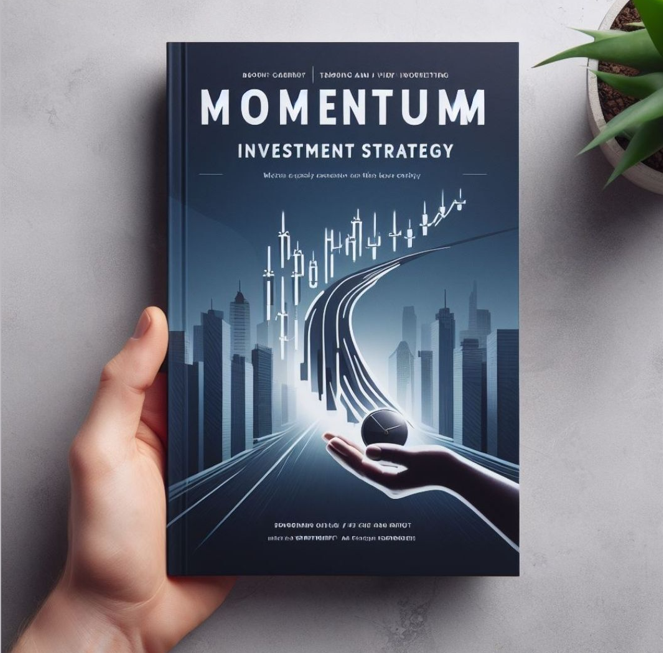When it comes to choosing between a fixed deposit (FD) and a mutual fund, the decision can significantly impact your financial future. Both investment options have their own sets of advantages and disadvantages, catering to different risk appetites and financial goals. In this article, we will explore the key differences between fixed deposits and mutual funds, and help you decide which option might be best for you.
Investors often find themselves at a crossroads when deciding between fixed deposits (FD) and mutual funds. Understanding the differences, benefits, and ideal investors for each can simplify this decision. This guide aims to provide clarity on the topic.
Fixed deposits, commonly known as FDs, are traditional investment instruments that offer a fixed interest rate for a specified tenure. They are known for their safety and guaranteed returns. On the other hand, mutual funds are investment vehicles that pool money from multiple investors to invest in diversified assets like stocks, bonds, and money market instruments. Mutual funds offer market-linked returns, which can vary based on the performance of the underlying assets. The choice between fixed deposits and mutual funds largely depends on individual financial goals, risk tolerance, and investment horizon.
Difference Between FD and Mutual Fund
Let's break down the primary differences between fixed deposits and mutual funds in a tabular format for clarity:
What is a Fixed Deposit?
A fixed deposit (FD) is a financial instrument provided by banks or financial institutions that offers investors a higher interest rate than a regular savings account until the given maturity date. FDs are considered one of the safest investment options as they provide guaranteed returns.
Characteristics of Fixed Deposits:
Fixed Tenure: The investment is locked in for a specified period, ranging from a few months to several years.
Fixed Interest Rate: The interest rate remains constant throughout the tenure, providing predictable returns.
Penalty for Early Withdrawal: If you withdraw the amount before the maturity date, you may have to pay a penalty.
FDs have historically been a stable investment, offering consistent returns irrespective of market conditions. This stability makes them particularly attractive during economic downturns when other investment avenues might be volatile.
Interest Rate Trends
Current FD interest rates are influenced by central bank policies. For instance, if the Reserve Bank of India (RBI) increases the repo rate, banks may offer higher interest rates on FDs to attract deposits.
Types of Fixed Deposits
Standard FD: Fixed tenure and interest rate.
Tax-saving FD: Locked-in for 5 years, with tax benefits under Section 80C.
Senior Citizen FD: Higher interest rates for individuals over 60.
Flexi FD: Linked to your savings account offering flexibility in tenure and deposit amount.
Benefits of FD
Guaranteed Returns: The interest rate is fixed, providing predictable earnings.
Low Risk: Backed by the financial institution, ensuring the safety of the principal amount.
Tax Benefits: Certain FDs provide tax-saving benefits under Section 80C of the Income Tax Act.
When comparing FDs to other safe investment options like government bonds or savings accounts, FDs often provide a higher interest rate while maintaining a similar risk profile, making them an attractive option for conservative investors
What is a Mutual Fund?
A mutual fund is an investment vehicle that pools together money from multiple investors to invest in securities like stocks, bonds, money market instruments, and other assets. The returns are market-linked and can vary based on the performance of the underlying assets.
Characteristics of Mutual Funds:
Diversification: Invests across a variety of assets to spread risk.
Managed by Professionals: Fund managers make investment decisions on behalf of investors.
Market-linked Returns: Returns depend on the performance of the market.
Mutual funds have the potential for higher returns compared to FDs, especially over the long term. For example, equity mutual funds have historically outperformed inflation and fixed-income investments, making them a viable option for wealth creation.
Market Cycles
Mutual funds' performance can vary significantly across different market cycles. During bull markets, equity funds may deliver high returns, whereas, in bear markets, they might underperform. Debt funds, on the other hand, tend to be more stable but offer lower returns compared to equity funds.
Types of Mutual Funds
Equity Funds: Invest primarily in stocks, suitable for long-term growth.
Debt Funds: Invest in fixed-income securities, ideal for stable returns.
Balanced or Hybrid Funds: Combination of equity and debt investments.
Index Funds: Mimic the performance of a specific index like Nifty or Sensex.
Liquid Funds: Invest in short-term money market instruments for high liquidity.
Benefits of Mutual Funds
Diversification: Reduces risk by investing across various assets.
Potential for Higher Returns: Depending on market performance.
Liquidity: Easy to buy and sell, providing quick access to funds.
Professional Management: Managed by experienced fund managers.
Find trending mutual fund baskets that fit your risk profile & your long-term financial goals.
Explore Now
Who Should Invest in Fixed Deposits?
Risk-averse individuals: Prefer guaranteed returns with no exposure to market risks.
Senior Citizens: Seeking stable income through higher interest rates.
Short to Medium-term Investors: Looking for safe investment options with a fixed tenure.
Age-specific Advice
Young Professionals: Might use FDs for short-term goals like saving for a down payment.
Middle-aged Individuals: Could use FDs to balance riskier investments.
Retirees: Often prefer FDs for stable and secure returns.
Who Should Invest in Mutual Funds?
Risk-tolerant individuals: Willing to take some risk for higher potential returns.
Long-term Investors: Aiming for wealth creation over a longer period.
Diversified Portfolio Seekers: Looking to invest across various asset classes for better risk management.
Risk Management Strategies
Regular Monitoring: Periodically review your mutual fund portfolio to ensure it aligns with your financial goals.
Rebalancing: Adjust your portfolio periodically to maintain your desired asset allocation and risk level.
Which is Better: FD or Mutual Fund?
The choice between an FD and a mutual fund depends on various factors such as your risk tolerance, investment horizon, and financial goals. FDs are suitable for conservative investors seeking safety and guaranteed returns, whereas mutual funds are ideal for those willing to take calculated risks for potentially higher returns.
Considerations for Choosing FD:
Guaranteed Returns: If you prefer guaranteed and predictable returns, FDs are a safe bet.
Low Risk: FDs are low-risk investments, ideal for conservative investors.
Fixed Tenure: Ideal if you have a specific time frame for your investment.
Considerations for Choosing Mutual Funds:
Higher Returns Potential: If you are willing to take some risk for higher returns, mutual funds can be lucrative.
Long-term Growth: Ideal for long-term goals like retirement planning or wealth accumulation.
Diversification: Reduces risk through asset diversification.
Conclusion
Both fixed deposits and mutual funds have their own merits and cater to different investor needs. It's essential to assess your financial goals, risk appetite, and investment horizon before making a decision. Consulting with a financial advisor can also help in making an informed choice.
Read these articles to understand all about mutual funds, SIPs and how you can invest in mutual funds with Wright Research:
What is SIP in Mutual Funds? An Experts Guide
The Crucial Role of Risk Profiling in Mutual Fund Investments
How many funds should you have in your Mutual Fund Portfolio?
What is Standard Deviation in Mutual Fund and How Does it Help in Portfolio Management?
Online KYC for Mutual Fund Investments in India
- Smallcase vs Mutual Fund: Understand Difference and Similarities
- SIP Investment Guide: What is SIP, How to Start, Benefits, & Is It Worth It
- Which One is the Better Option: Liquid Funds or Arbitrage Mutual Funds Instead of Fixed Deposits?
- Understanding Mutual Fund Risks: A Comprehensive Guide for Investors in India
- How To Invest In Mutual Funds in India?
- SIP Investment Guide: What is SIP, How to Start, Benefits, & Is It Worth It
- What is SIP in Mutual Funds? An Experts Guide
- Navigating the Challenge: How to Deal with Loss-Making SIPs
Maximizing Portfolio Potential: The Role of an Investment Advisor
- SIP vs STP: Understanding Key Differences and Strategies
- Comprehensive Guide on Starting & Stopping SIPs: What are Perpetual SIPs in India?
- SIP vs. Lumpsum Investment Strategies: Comprehensive Guide for Best Returns
Find trending mutual fund baskets that fit your risk profile & your long-term financial goals.
Explore Now
Frequently Asked Questions
Q: Which investment is safer: Fixed Deposit or Mutual Fund?
A: Fixed deposits are safer as they offer guaranteed returns and are less exposed to market risks compared to mutual funds.
Q: Are mutual funds suitable for short-term investment?
A: Certain mutual funds like liquid funds can be suitable for a short-term investment, but they carry market risks, unlike FDs.
Q: Can I invest in both fixed deposits and mutual funds?
A: Yes, diversifying your investment portfolio with both FDs and mutual funds can help balance risk and returns.
Q: Which is better for long-term investment: Fixed Deposit or Mutual Fund?
A: Mutual funds are generally better for long-term investment due to their potential for higher returns, though they carry more risk compared to FDs.
Q: What should I consider before choosing between a fixed deposit and a mutual fund?
A: Consider your risk tolerance, investment horizon, financial goals, and need for liquidity before deciding between a fixed deposit and a mutual fund.
























